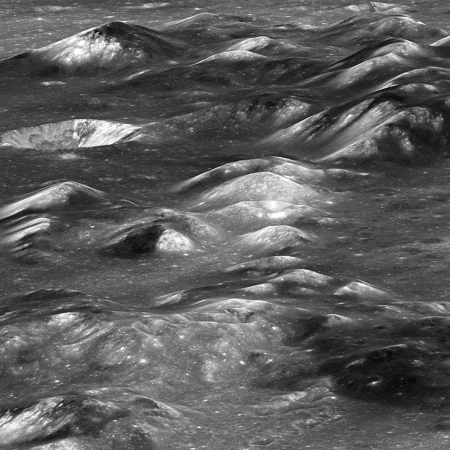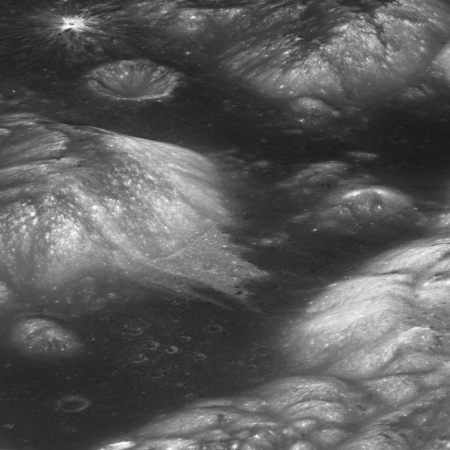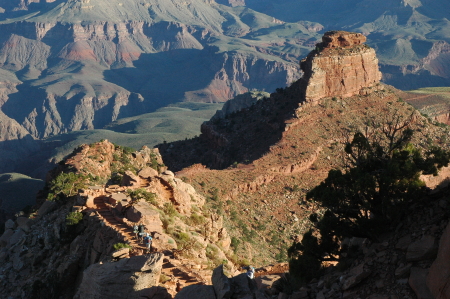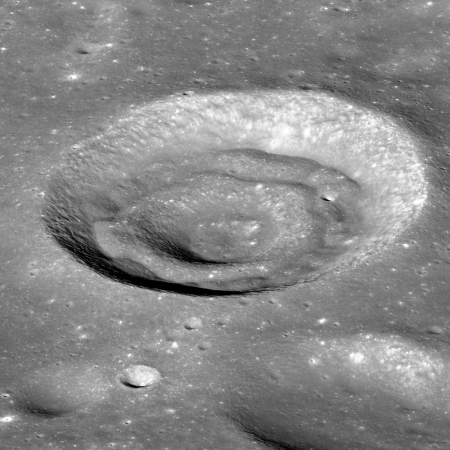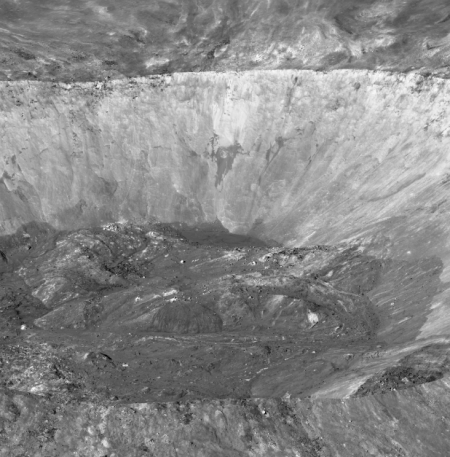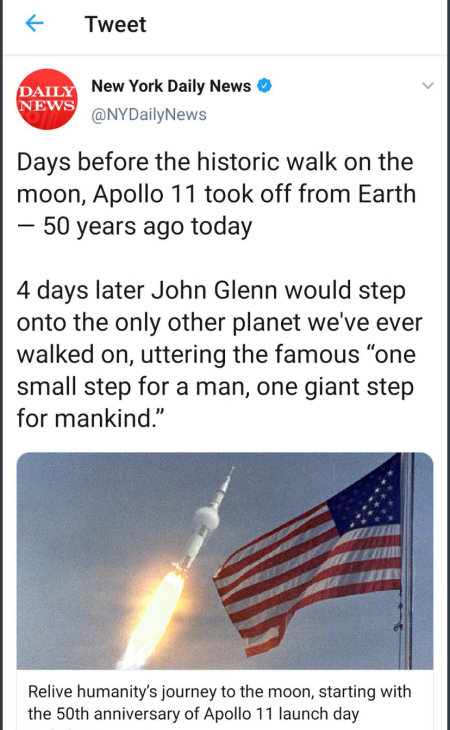Pushback: A CNN panel of Republican women, when asked about Trump’s tweets attacking the Democratic congresswomen who have been pushing for communist policies, backed Trump unequivocally.
Furthermore, when the CNN reporter kept trying to slander Trump by claiming his tweets were “racist”, these women quickly challenged that false and slanderous description.
“Isn’t that what the president does with some of his own comments? His own racist comments?” the CNN reporter wondered.
“He didn’t say anything about color,” O’Briant responded.
“We know the president is not racist, he loves people from Hispanics, and black people, all across the board,” said Cami Dean, another of the eight women.
Video of this panel is below the fold. Watch it all. The panelists take the CNN reporter to task for claiming what Trump said was racist, quickly pointing out both the reporter’s bias and ignorance.
And just in case you have been living in a cave and missed it, this is what Trump tweeted:
So interesting to see ‘Progressive’ Democrat Congresswomen, who originally came from countries whose governments are a complete and total catastrophe, the worst, most corrupt and inept anywhere in the world (if they even have a functioning government at all), now loudly and viciously telling the people of the United States, the greatest and most powerful Nation on earth, how our government is to be run.
Why don’t they go back and help fix the totally broken and crime-infested places from which they came. Then come back and show us how it is done. [emphasis mine]
There is nothing in this statement that has anything to do with race. What Trump is criticizing is the anti-American, bigoted, and communist agendas of congresswomen Omar (D-Minnesota), Ocasio-Cortez (D-New York), Pressley (D-Massachusetts), and Tlaib (D-Michigan).
Granted, Trump is crude. He also is wrong to suggest all of these women came from elsewhere (only one did). Nonetheless, he is bluntly noting that these congresswomen have expressed nothing but hate and hostility to America, and should be called out on it (something that the Democratic Party seems unwilling to do).
The CNN panel shows that, for at least these women, the effort by the Democrats and their agents in the mainstream press to slander Trump is not working. They can read what both Trump and these Democrats have said, and recognize who the real racists in this battle are.
» Read more

